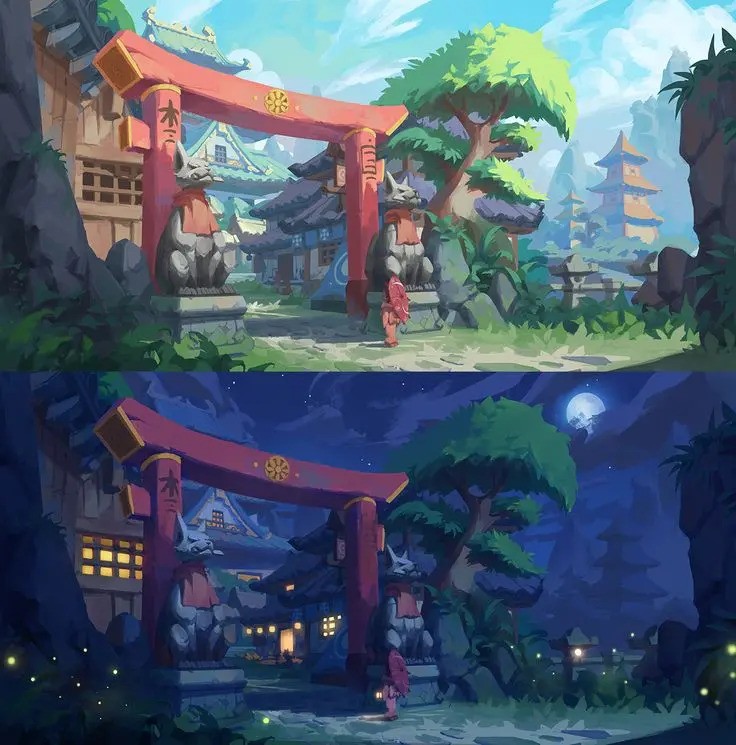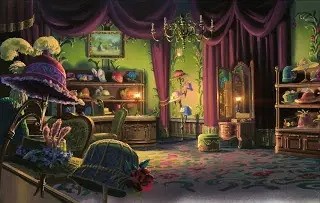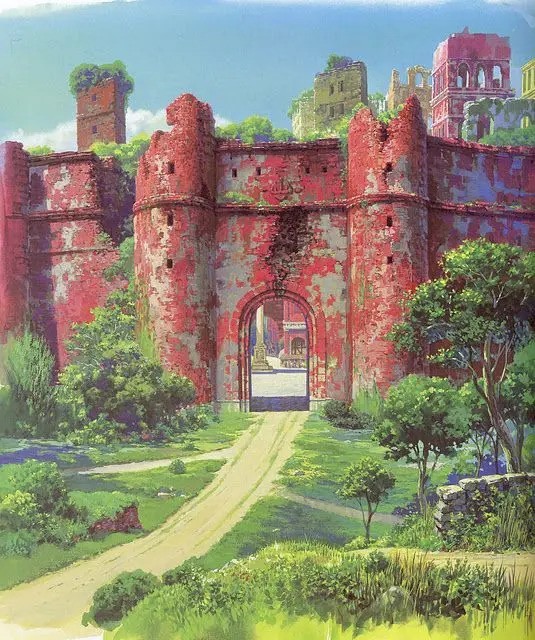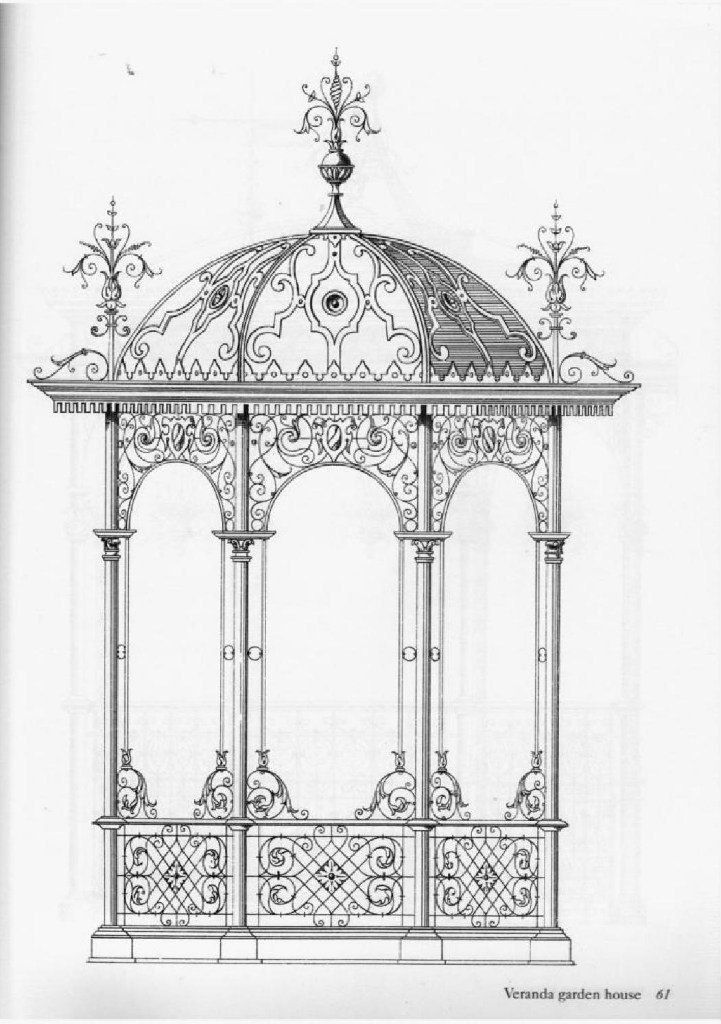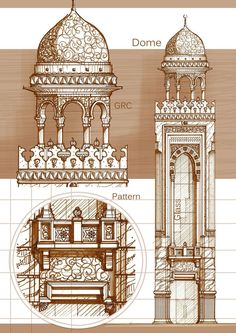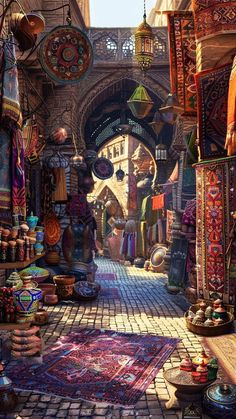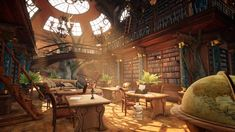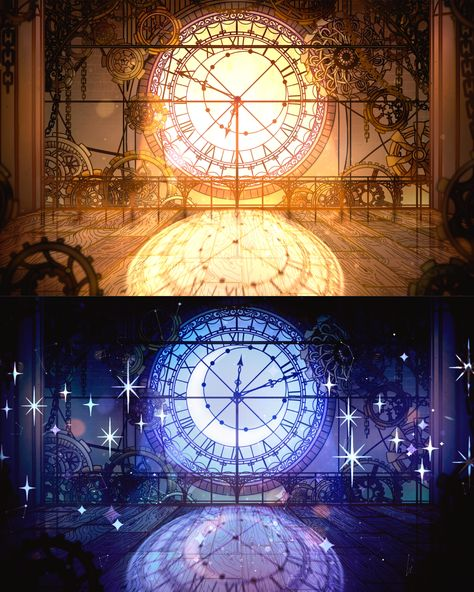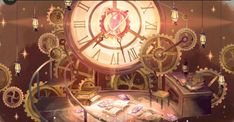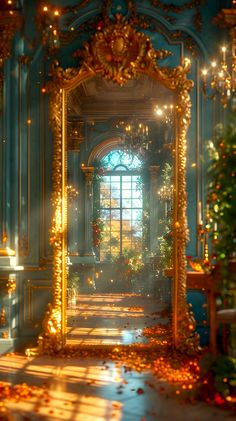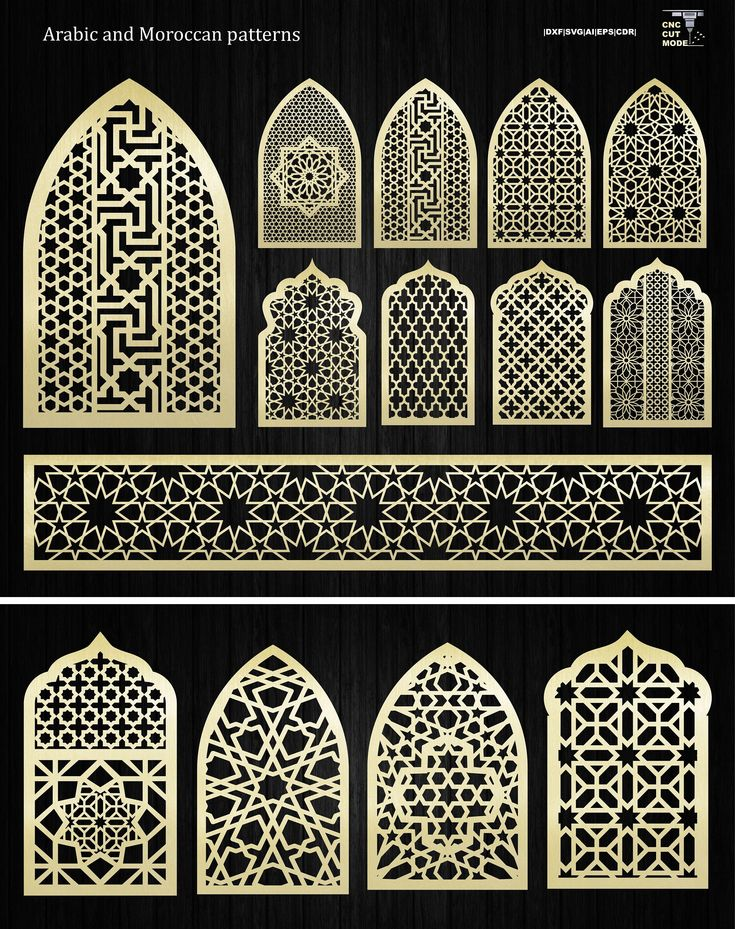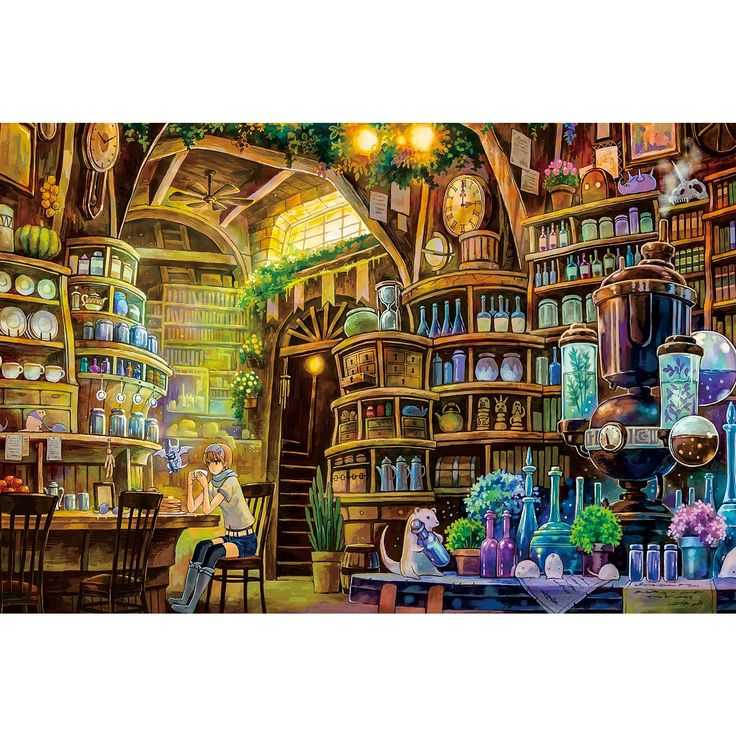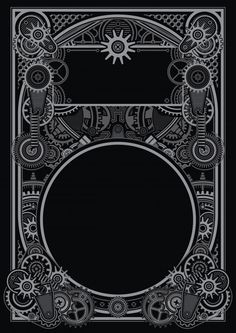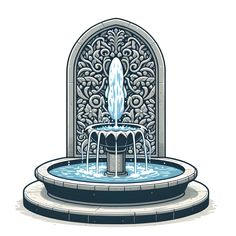Hey everyone! 👋
We’re thrilled to take you behind the scenes of our design journey, starting with the cultural inspirations behind our cinematic screen. It’s been such an exciting process to weave together history, art, and a little steampunk flair!
By the way, our Pre-alpha build is now available on Itch! 🎉 Check it out here. We’d love for you to give it a try and share your thoughts—it’s a great opportunity to help us shape the game into something even better. Just a heads-up, we’re using placeholder art for now, but we’re working hard to bring the full vision to life.
What Specific Cultural Elements Or References Inspired The Design?
Cultural Inspirations in Focus Our talented 2D artist shared what inspired this design, and it’s fascinating:
"Some specific cultural elements I really wanted to focus on were the intricate arches and marble work, heavily worked upon during the Mughal era, as well as the Jalis, which added to the steampunk element at the same time. A big part of the cultural element is the domes, and to align it with steampunk, I incorporated the use of glass and brass beams. My main source of reference was Pinterest."
By blending the elegance of Mughal architecture with the bold textures of steampunk (think brass, glass, and intricate patterns), we’re working to create something that feels both timeless and imaginative.
What’s Next? This is just the beginning! In future updates, we’ll share more about the challenges of mixing cultural heritage with modern design elements—and how we’re bringing it all to life in our game.
We’d love to hear from you! Are there any cultural elements or artistic styles you’d like to see in games?



